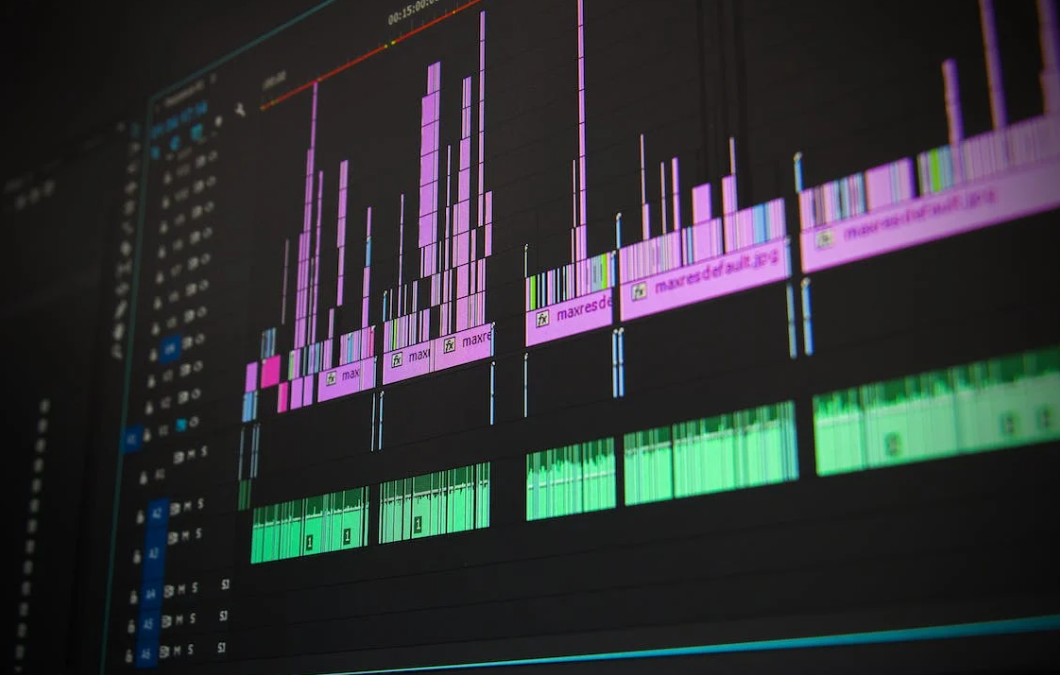Whether you’re a seasoned podcaster aiming to enhance recording quality or a newcomer venturing into the intricate world of audio file formats, you’ve landed on the perfect starting point. This comprehensive guide is designed to introduce you to various audio file formats, providing insights into their individual characteristics to empower you to make an informed decision.
Understanding Audio File Formats:
Audio file formats function as diverse methods for storing audio data on your computer. The three most prevalent formats—MP3, WAV, and AIFF—each come with unique advantages and drawbacks. MP3 files, for instance, are compact and conserve hard drive space but compromise on quality compared to the larger and higher-quality WAV files.
Selecting the Right Audio File Format:
Choosing the ideal audio file format depends on your specific requirements. If you prioritize a small, easily shareable file, MP3 is an excellent choice. Conversely, if you demand the utmost audio fidelity, opting for a WAV file is the way to go.
The key is finding a format that aligns with your satisfaction. Experiment with different audio file formats to discover which one resonates best with your needs.
Top 10 Audio File Formats:
- MP3: Widely supported and renowned for its small size with decent quality.
- WAV: A lossless format delivering excellent sound quality, albeit with larger file sizes.
- AIFF: Similar to WAV, offering lossless quality but with larger file sizes.
- FLAC: A compressed, lossless format gaining popularity for maintaining stellar sound quality.
- M4A: A lossy format favored for its small file size and quality, commonly used by Apple devices.
- OGG: A lossy format with smaller file sizes than MP3, maintaining good quality.
- AAC: A lossy format known for good quality and small file sizes, popular on Apple devices.
- WMA: A lossy format valued for its small file size, supported by many media players but with lower audio quality than MP3.
- APE: A lossless format offering excellent sound quality but with larger file sizes and limited support.
- RealAudio: A dated, lossy format that, while declining in popularity, is still supported by some players with lower quality than MP3.
Choosing the Best Audio File Format:
To determine the best audio file format for your project, consider the following factors:
- Sound Quality: For the highest audio quality, opt for lossless formats like WAV or AIFF.
- Common Use: MP3 is the most common audio format, compatible with almost all devices.
- iTunes: AAC is recommended for iTunes, boasting small file sizes and good audio quality.
- YouTube: MP3 is the preferred format for YouTube, combining small file sizes with good audio quality.
- Web Use: MP3 is the optimal choice for web applications, ensuring compatibility across various players and devices.
Navigating Audio Format Conversion:
As you explore these audio file formats, you may find the need to convert between them. Online audio file format converters provide a convenient solution to seamlessly transform your recordings. Whether you’ve recorded your podcast in MP3 and want to switch to WAV or vice versa, these converters make the process smooth and hassle-free.
Conclusion:
Armed with this comprehensive guide to audio file formats, you are now equipped to make informed decisions tailored to your specific needs. Whether you prioritize small file sizes, compatibility across devices, or the highest audio quality, understanding the nuances of each format empowers you to elevate your audio experiences. Happy exploring!
Need help launching your podcast?
Schedule a Free Podcast Strategy Call TODAY!


Recent Comments